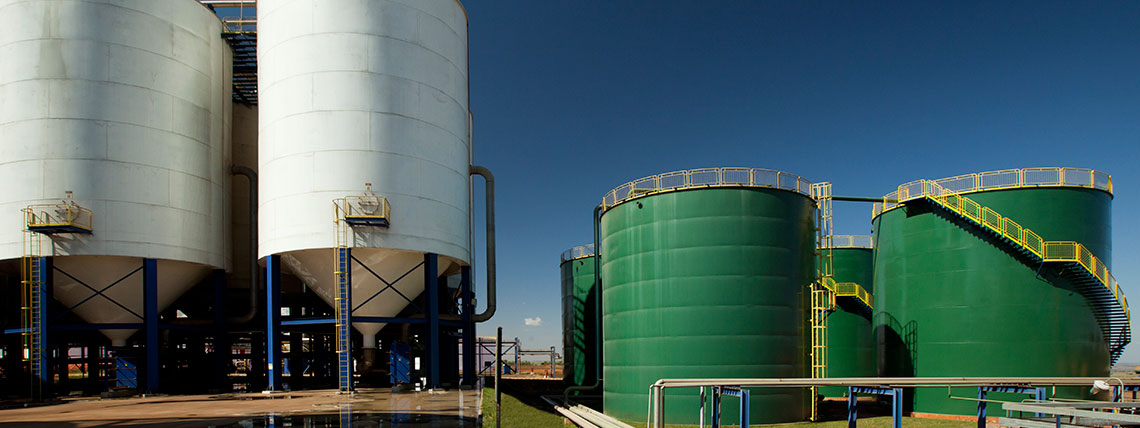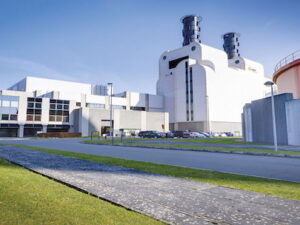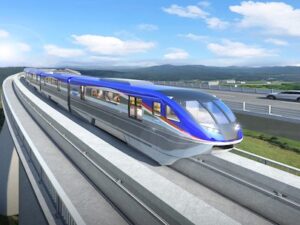Vibration Analysis of the steel stack
Dynamic and Vibration Analysis
Vortex Shedding: Dynamic and Vibration Analysis of the steel stack D-3710
A vibration problem was detected in the equipment D-3710 due to the Vortex Shedding phenomenon. D – 3710 is a fractionating column that will be installed in the Polar Complex located in Burgos, Spain.
SCHWARTZ-HAUTMONT recruited Dynamis Associates to carry out the analysis and diagnosis of the Vortex Shedding and to design engineering solutions that solve the vibration problem.
The aerodynamic phenomenon of Vortex Shedding (vibration problem) has historically occurred in a substantial number of slender structures. This type of dynamic phenomena deserves a meticulous analysis of slender equipment and tall buildings, because it can produce undesirable behavior.
Any fluid flow such as wind passing a structure may cause unsteady flow patterns due to vortex shedding. This may lead to oscillations of slender elements perpendicular to their longitudinal axis.
Vibration problem: Added Value DYNAMIS propositions
Dynamis engineered two possible solutions so that SCHWARTZ-HAUTMONT and TECHNIP were able to choose the most suitable one for the overall project. The proposed solutions were:
- Anchor the equipment to the existing structure in order to eliminate the risk of vortex shedding.
- Design of a TLD (Tuned Liquid Damper) in order to maintain the column independent of the main structure and decrease the displacements when vortex shedding occurs.
It is important to note that tuned liquid dampers (TLDs) are based on the same principle as tuned dampers (TMD), with the main difference being the use of fluid as the dissipating system. Tuned Liquid Damper was design as a rectangular box, which is partially filled with a water/glycol mixture. The box is specially designed to maximize the damping effectiveness of the fluid that is contained by the damper.
DYNAMIS ASSOCIATES built finite element models to accurately perform dynamic analyses and validate the design of the tuned liquid damper.
DYNAMIS ASSOCIATES built finite element models to accurately perform dynamic analyses and validate the design of the tuned liquid damper. This analysis included different scenarios: stack with and without lateral supports and stack with a liquid tunned damper.







